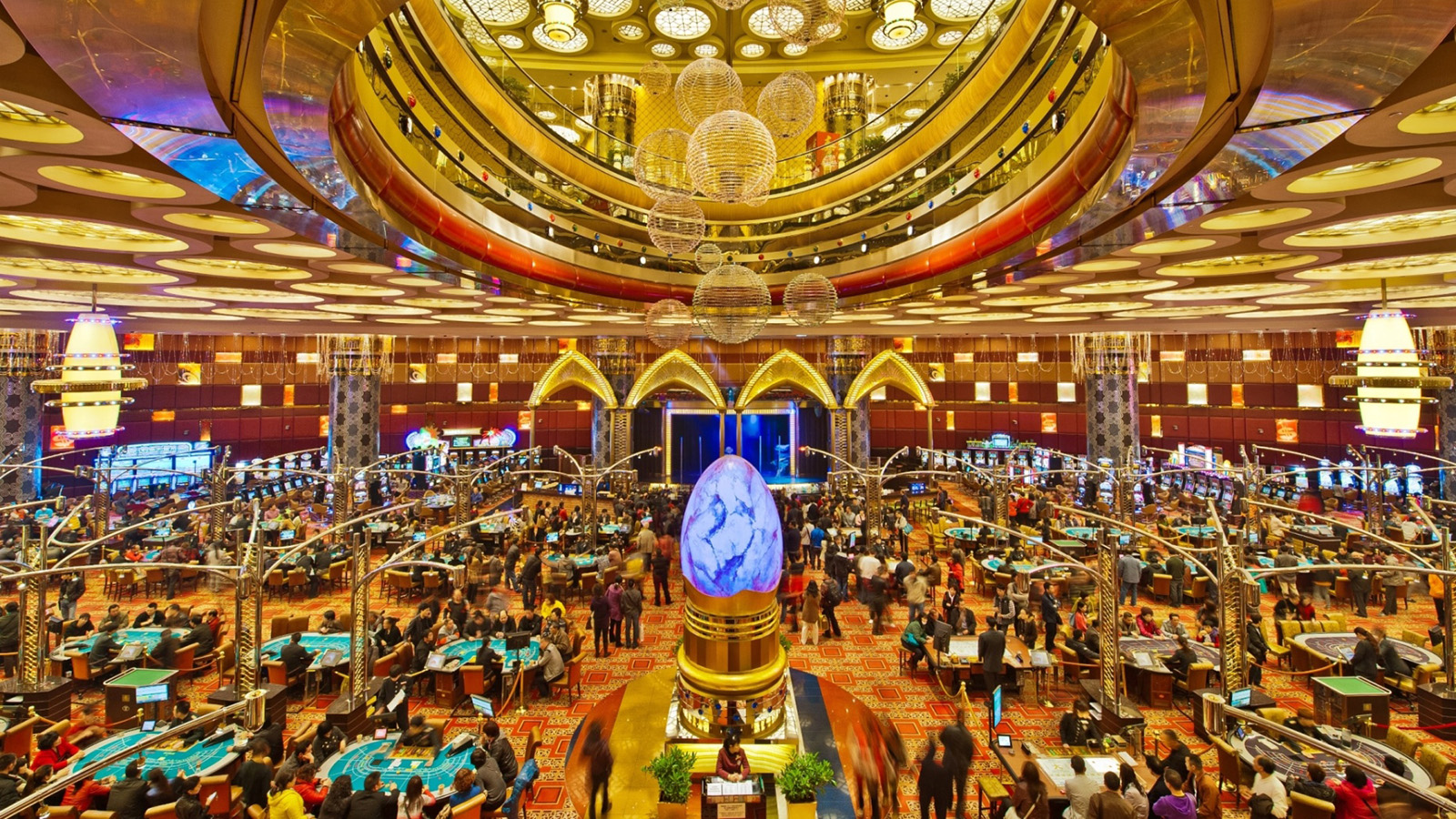Gambling Games and Their Role in Pop Culture

Gambling games have long captured the fascination of humans around the planet, becoming an essential part of both fun and tradition. From the glimmering lights of the Vegas Strip to the engaging experience of online gaming, these activities evoke excitement, uncertainty, and sometimes even a sense of sentimentality. They are beyond just entertainments; they have woven themselves into the fabric of human experience, influencing various aspects from movies and music to style and literature.
The appeal of casino games surpasses the wagering aspect, tapping into wider themes of fortune, risk, and psychology. As players convene around a poker table or spin the wheel of fortune, they engage in an age-old ritual that resonates with our communal desire for adventure and unpredictability. This obsession has led to the rise of numerous references in cinema, tracks, and electronic games, showcasing how deeply entrenched these activities are in popular culture. Whether it is the high-stakes tension of a classic robbery film or the colorful nightlife portrayed in recordings, casino games have created a substantial place that reflects our connection with reward.
Cultural Significance of Gambling Activities
Casino activities have played a crucial role in cultural aspects throughout the ages. Stemming from ancient civilizations, forms of chance were often connected to ceremonies or events. For example, early forms of gambling can be linked back to ancient China and the Roman Empire, where dice games and wagering on results were common pastimes. These activities not only functioned as leisure but also as means of connecting people, facilitating connections among people within societies.
As cultures evolved, so did the sophistication and structure of gambling games. The creation of official casinos in the 17th century, particularly in Italy, marked a major shift in how games were viewed and organized. With specific spaces for gaming, the casino became a community center where patrons from different backgrounds convened. slots not on Gamstop This evolution contributed to the legitimization of the industry, transforming it from a mere pastime into an organized industry that influenced economy and regulations.
The impact of gambling activities on popular culture cannot be understated. As they were popularized in books and film, games such as poker and 21 became icons of chance, luck, and strategy. Famous characters and narratives have emerged around these games, illustrating societal attitudes towards fortune, prosperity, and immorality. This interest with casino games has permeated various forms of media, cementing their place in the collective consciousness and linking them to wider cultural narratives throughout the ages.
Representation of Casino Games in Media
Casino activities have long been a popular theme in various forms of media, reflecting both the excitement and complexities of the world of gambling. Films such as Ocean's Eleven and Casino Royal portray figures who navigate high-stakes environments, showcasing not only the appeal of the casino atmosphere but also the methods and judgments that come with playing popular games like Texas Hold'em and blackjack. These movies often dramatize the thrill of winning and the potential consequences of losing, encapsulating the dangers involved in betting.
TV programs have also explored the universe of gambling activities, often integrating them into the plot as a backdrop for character arcs and conflict. Shows like Las Vegas depict the stories of casino workers and customers, highlighting the dynamic, often tumultuous energy of the casino floor. Reality shows featuring high-stakes betting contests further emphasize the attraction of casino games, drawing viewers into the tension and strategy involved in each round. Through these depictions, media not only engages but also sparks conversations about luck, expertise, and the character of chance.
Video games have increasingly integrated casino games into their structure, allowing players to recreate the feeling of betting without financial exposure. Games within the landscape of digital gaming often include virtual slots, online poker, and other casino favorites, creating an engaging environment that mirrors traditional gambling. These digital representations make gambling activities accessible to a broad demographic, appealing to both players who indulge and those who enjoy the thrill of simulation. As a result, the representation of casino games in media continues to shape cultural attitudes and cultural relevance, highlighting their place in society and social context.
Impact of Casino Games on Communities
Casino games have a significant effect on communities, influencing multiple aspects of culture and social behavior. They often serve as a venue for community engagement, where people gather to experience a common experience. Game nights with friends or visits to casinos become social activities that foster connections and create shared moments. This communal aspect enhances the entertainment value of casino games, making them a favored choice for celebrations and leisure activities.
Moreover, gambling activities have been depicted in numerous movies, television shows, and literature, influencing perceptions and attitudes towards gambling and betting. Icons like James Bond playing baccarat or the intense poker scenes in films have embedded these games in the collective imagination. This depiction often idealizes the lifestyle associated with casino activities, attracting new players and impacting trends in both fashion and behavior. These portrayals can spark curiosity and lead to a deeper exploration of the nuances of gambling.
However, there are also negative implications linked to the popularity of gambling activities. The allure of quick monetary gain can lead to gambling addiction and economic troubles for some people. The community must grapple with these issues, advocating for responsible gambling and education of the risks involved. Balancing the entertainment value of casino games with the risks is vital to ensure that they remain a positive aspect of our cultural landscape.
